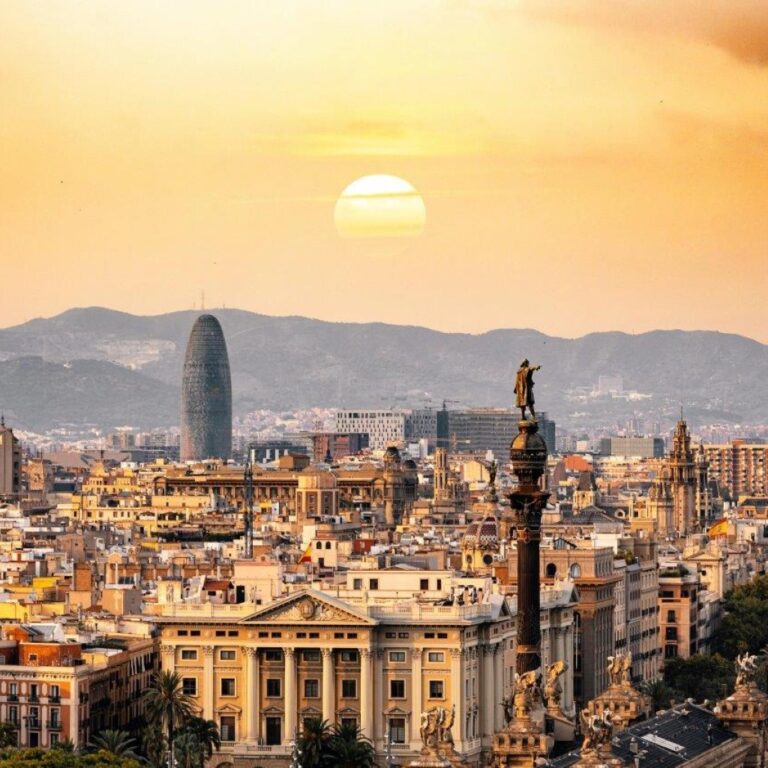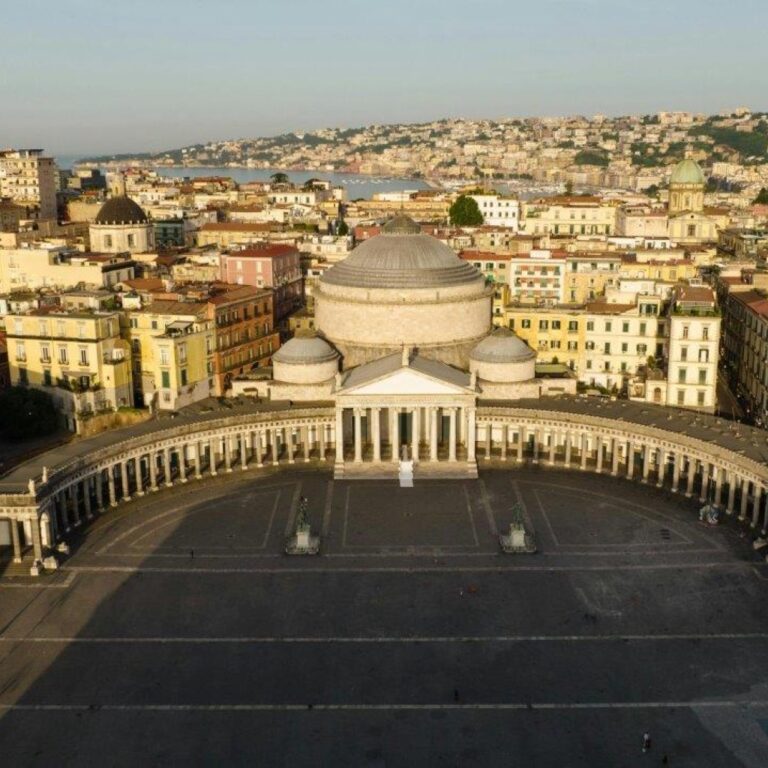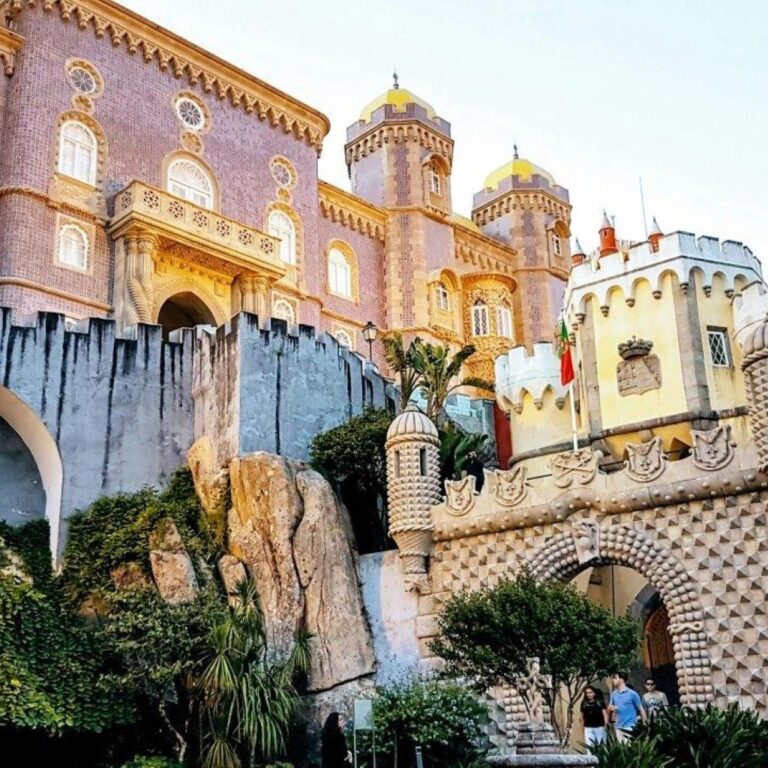Barcelona is the second-largest city in Spain, with a population of over 1.6 million people.
The city is famous for its architectural works by Antoni Gaudí, including the Sagrada Família, Park Güell, and Casa Batlló.
Barcelona was the host city for the 1992 Summer Olympics, which helped revitalize the city and boost its international profile.
La Rambla is a popular street in the heart of Barcelona, known for its lively atmosphere, shops, and street performers.
The official languages of Barcelona are Catalan and Spanish, reflecting the city's strong regional identity.
Camp Nou, the home stadium of FC Barcelona, is the largest stadium in Europe with a seating capacity of nearly 100,000.
Barcelona's Gothic Quarter, or Barri Gòtic, features narrow medieval streets and buildings dating back to Roman times.
The city has a rich culinary scene, with famous dishes such as tapas, paella, and the Catalan dessert crema catalana.
Barcelona's Park Güell, designed by Antoni Gaudí, is a UNESCO World Heritage Site and offers stunning views of the city.
The Magic Fountain of Montjuïc, built for the 1929 Barcelona International Exposition, features spectacular light and music shows.
The Picasso Museum in Barcelona houses one of the most extensive collections of artworks by the 20th-century Spanish artist Pablo Picasso.
Barcelona is home to one of Europe's largest aquariums, L'Aquàrium de Barcelona, featuring a vast array of marine life.
The city's beaches, such as Barceloneta Beach, are popular spots for both locals and tourists, offering sun, sand, and sea activities.
Barcelona's El Raval neighborhood is known for its vibrant arts scene, trendy bars, and diverse community.
The city has a unique tradition of human towers, or castells, which are often built during festivals and cultural events.


